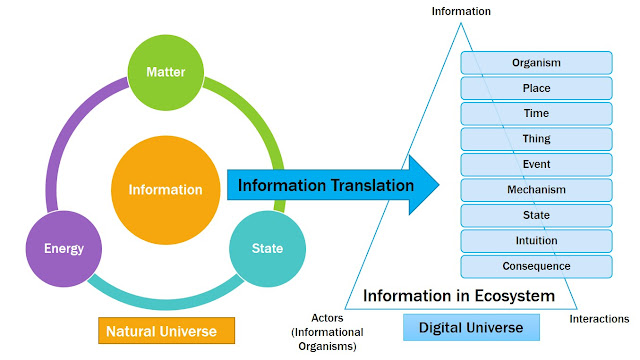5 Agile Gears Drive the Cloud Adoption Bandwagon?
Agile approach is capable of handling the overheads imposed by traditional approaches to technology-enabled business transformation that lack agility. Agile approach is based on small cycles or sprints, typically 2-4 weeks of duration that has the ability to handle in-built dynamism of cloud “XaaS” adoption. Cloud “XaaS” adoption in small cycles is the most critical success factor of your Cloud adoption journey. Agile, if appropriately applied, would accelerate Cloud “XaaS” adoption speed with consuming less resource fuel. The key benefits of agile you may seek time to market and overall productivity across the board. Here are the 5 agile gears that you may consider to install on your cloud adoption bandwagon on your way to target cloud-enabled technology operating model.
- Process Agility: As opposed to a big bang approach, Cloud adoption needs an adjustable and agile approach to move your enterprise elements in the cloud in short iterations.
- Product Agility: As opposed to a traditional SOA, Cloud adoption needs a dynamic on-demand and configurable “XaaS” architecture with adjustable governance limits, performance constraints, pricing components and security.
- People Agility: As opposed to a traditional and passive involvement of stakeholders, Cloud adoption needs the active involvement of a number of additional stakeholders such as service providers, service developers, service integrators, software providers, service broker, service carrier and service auditor.
- Tool Agility: As opposed to traditional tools, Cloud adoption needs agile tools to support the quick development, configuration, testing, integration and deployment of enterprise elements “XaaS” in small frequent iterations.
- RE Agility: As opposed to a traditional upfront requirements engineering (RE), Cloud adoption needs standardization of reusable business processes and then mapping of standardized business processes to cloud “XaaS” in small iteration
Any comments and feedback are welcome.



Comments
Post a Comment